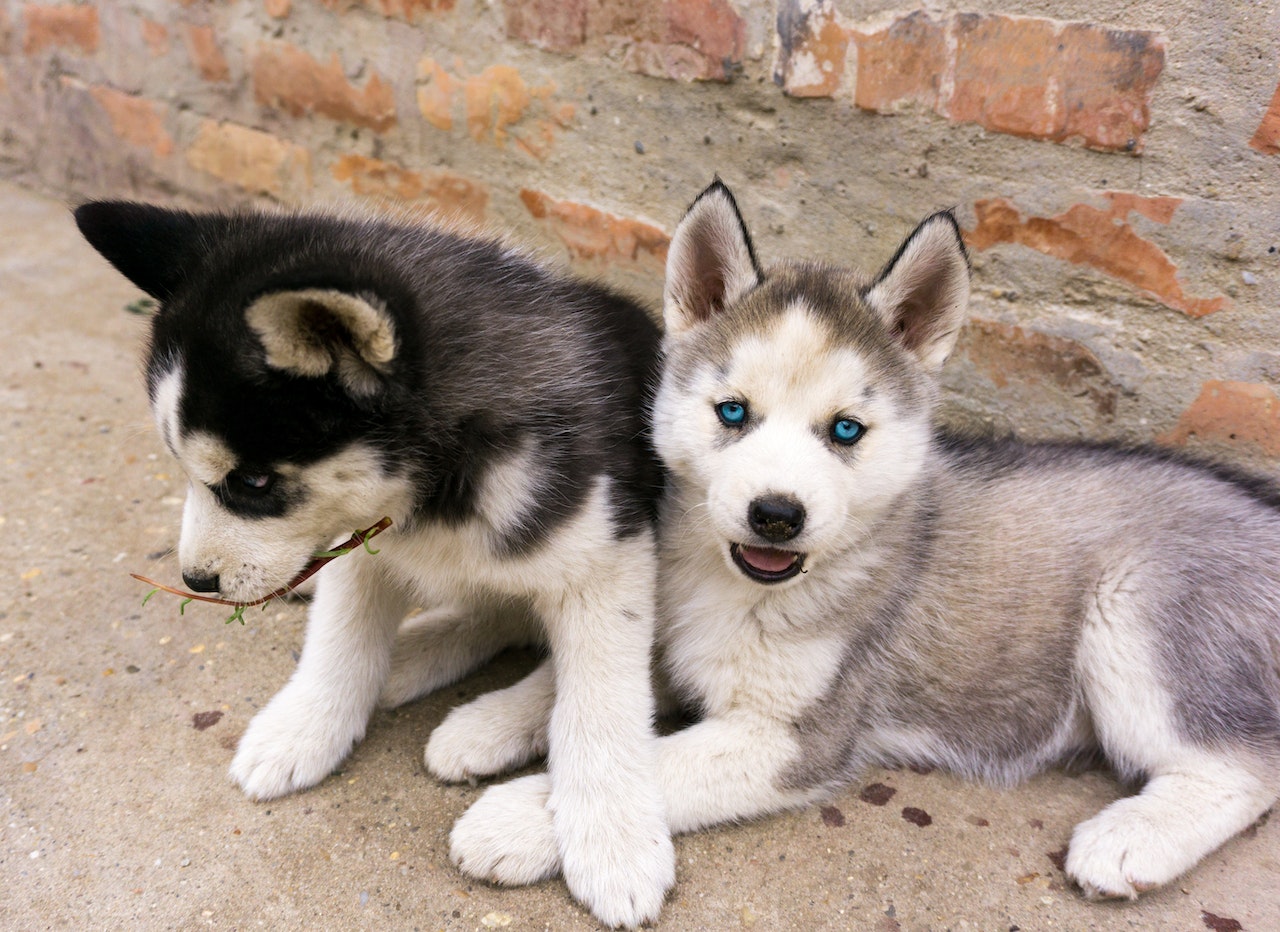Just like with humans, dogs’ eyes make up a huge part of their physical identities. From the deepest browns to the clearest blues, eye color is instantly recognizable. While shades of brown are the most common, dog eye colors can fall across the spectrum, depending on the breed. Hazel, blue, and even green can all be found, and are often sought after by breeders and enthusiasts alike.
Are Dog Eye Colors Genetic?
As with all other animals, dog eye colors are determined by genes. Inherited eye colors are entirely determined by which genetic markers a puppy got from its parents. The misconception that there are ways may stem from the fact that dog eye colors do change as they age. It can take anywhere from 9 to 12 weeks for a puppy’s eye color to fully develop, and permanent eye color changes can still happen as late as 16 weeks. This is a normal part of early development, however, and not the result of external factors like diet or environment.
Breeds with Distinctive Eye Colors
As we mentioned above, dog eye colors vary by breed, with brown being the most common. Brown eyes can be found in virtually every breed, as well as in the vast majority of mixed-breed dogs. While there is no guarantee that dogs will have a certain eye color based on breed alone, there are a number of breeds that are known to commonly display certain colors.
Amber-colored eyes, which have a warm, golden appearance, are common in some dogs, notably Ibizan Hounds and Chesapeake Bay Retrievers. Amber is often the result of lower melanin levels that come from recessive B or D genes.
Blue eyes are perhaps the most distinctive of all the potential dog eye colors. Generally, blue eyes are related to genetic factors that affect dogs’ coats as well, commonly referred to as “merle patterns.” French Bulldogs, Dachshunds, and Australian Shepherds are all common merle pattern dogs. Siberian Huskies are also known to often have distinctive blue eyes, but their eye color is actually the result of a different, unique set of genetic markers.
Green, the rarest dog eye color, is most often found in Pitt Bulls but can also show up in Labrador Retrievers, Alaskan Malamutes, Beagles, and other breeds.
Can Dogs Have Different Eye Colors?
Even more noticeable than any one dog eye color is heterochromia, or two different eye colors. While relatively rare in humans, it’s not particularly uncommon in dogs, cats, and even horses. While sometimes injuries can affect the color of one of a dog’s eyes, in the vast majority of cases, heterochromia is a genetic trait as well.
Dogs with mismatched eyes can have one eye be completely different, mixed with the same color as the other eye, or even Central Heterochromia, where the other color radiates out from the pupil in a star-shaped pattern.
Regardless of which dog eye colors you find most desirable, genetic testing is the most accurate way to know which color a dog’s eyes will be. Genetic profiling can take the guesswork out of breeding. With tests to determine coat and eye colors, as well as a wide range of other cosmetic and health-related traits, we have a better understanding of previously mysterious factors like dog eye colors.
Orivet Genetic Pet Care
A leader in genetic testing for dogs and cats, Orivet offers a range of genetic services to owners, breeders, and veterinarians, including screening of genetic diseases, coat colors, traits, parentage confirmation, and much more. Whether you’re a first-time pet owner or a seasoned breeder, Orivet’s at-home testing kits provide a surefire way to better understand your dog’s breeding and lifestyle needs.
To learn more and see the full range of available testing kits, head to orivet.com.

